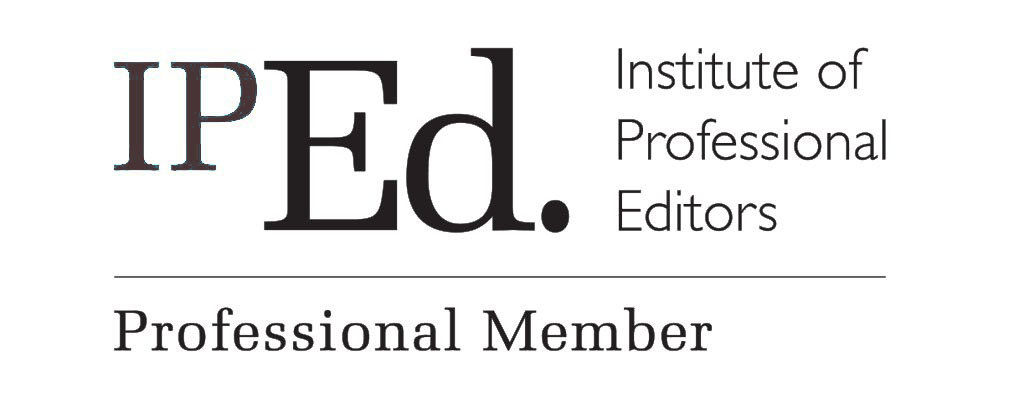Editing & Proofreading
All writing needs editing, from books, websites, marketing content and blog posts, to advertising, brochures, newsletters and annual reports. Professional editing will make your writing clearer and more compelling, bringing it up to the high standard you require. Mistakes can be costly. An unpolished piece of writing looks unprofessional and undermines your readers’ or clients’ confidence in you.
To present an authoritative voice, maintain credibility and get your message across, it is crucial to ensure your writing is free of grammatical errors and typos, is stylistically consistent and flows well. We make your words strong, engaging and error free.
But what type of editing do you need? There are different levels of editing and after we view a sample of your project, we will recommend the most appropriate level for your needs. Here’s a rundown, starting from the most complex level to the most basic. Note: these definitions may vary, depending on where you are in the English-speaking world. These definitions reflect our experience and knowledge of what is usually required in the editing process. Regardless, we will tailor your writing to the standards accepted by professional editing organisations in whatever location your work will be read worldwide.
Developmental editing
Structural editing
Like developmental editing, structural editing looks at the big picture, but we make the changes for you. We consider your target market and your overall objectives in writing and publishing the book. We restructure the manuscript, rearrange chapters, add headings and subheadings to break long chapters up and recommend additions that will strengthen the work based on your stated goals.
Line editing
Line editing is an essential step in book editing. During a line edit, your editor will go through your manuscript line by line and correct spelling, punctuation, grammar and typos. They will use a style sheet to follow a set style for spelling, number style, quotation marks, headings, bullet point list and compound words (should it be open, closed, or hyphenated?), which is essential for consistency. They will also remove unnecessary or repetitive text and look at word choice, suggesting stronger wording and removing clichés. A line editor is also concerned with stylistic issues, tone and tenses and will reword sentences to improve clarity. Often, a writer knows in their mind what they want to say, but hasn’t translated it effectively into the written word.
Copy editing
Proofreading
The final stage of editing is proofreading. A proofreader is the last port of call before your document is published. They will polish and dust, picking up any missed typos (we’re all human!), superfluous spaces, stray punctuation or minor errors in spelling and grammar. It’s the proofreader’s job to correct anything that could spoil your reader’s trust in your writing, such as misused homophones the copy editor or line editor missed and a spellcheck won’t pick up on, e.g. rain, reign and rein. While copy editors and line editors fix most errors and hone your writing style, they will rarely catch every mistake – and could even introduce them during the editing process. Many writers proofread their own work to avoid the cost of hiring a proofreader, but it is an investment you won’t regret. There’s no substitute for a fresh set of eyes and it’s impossible to pick up mistakes in material you have read and re-read many times.
Create a killer read with Stellar Words


